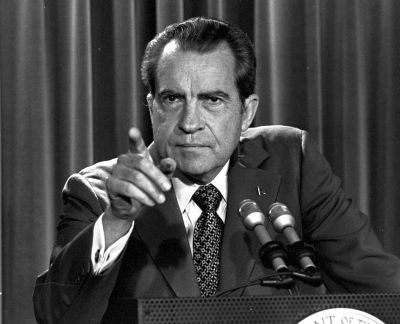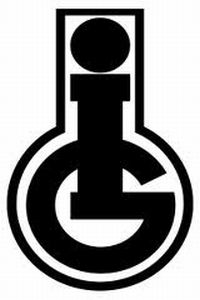 Gary Christenson – Jack Nicholson and Morgan Freeman starred in the 2007 movie, “The Bucket List.” A “bucket list” defines things we want to do before we die, before we “kick the bucket.”
Gary Christenson – Jack Nicholson and Morgan Freeman starred in the 2007 movie, “The Bucket List.” A “bucket list” defines things we want to do before we die, before we “kick the bucket.”
A reverse bucket list—as used here—is a list of things that have already occurred but we wish had not happened.
The Reverse Bucket List
1- The Federal Reserve Act authorized the central bank of the United States.
That act allowed a privately owned bank—The Federal Reserve—which is neither federal nor a reserve—to control the nation’s money supply. Politicians and bankers are pleased The Fed exists because it enhances their power and wealth. However, the Fed devalues the dollar and creates price inflation for consumers and stocks. This weakens the economy and transfers wealth to the political and financial elite.
Not everyone wishes the Fed would disappear, but that desire is number one on this Reverse Bucket List. (I’m not optimistic about its demise…) Read “Secretly Sticking it to Americans.” Continue reading

 In late October 1972, as the Washington Post was aggressively uncovering the secret, massive campaign of political spying and sabotage directed by Richard Nixon’s top White House and campaign officials, Watergate editor Barry Sussman started documenting a common theme in the public denials those stories were eliciting.
In late October 1972, as the Washington Post was aggressively uncovering the secret, massive campaign of political spying and sabotage directed by Richard Nixon’s top White House and campaign officials, Watergate editor Barry Sussman started documenting a common theme in the public denials those stories were eliciting.